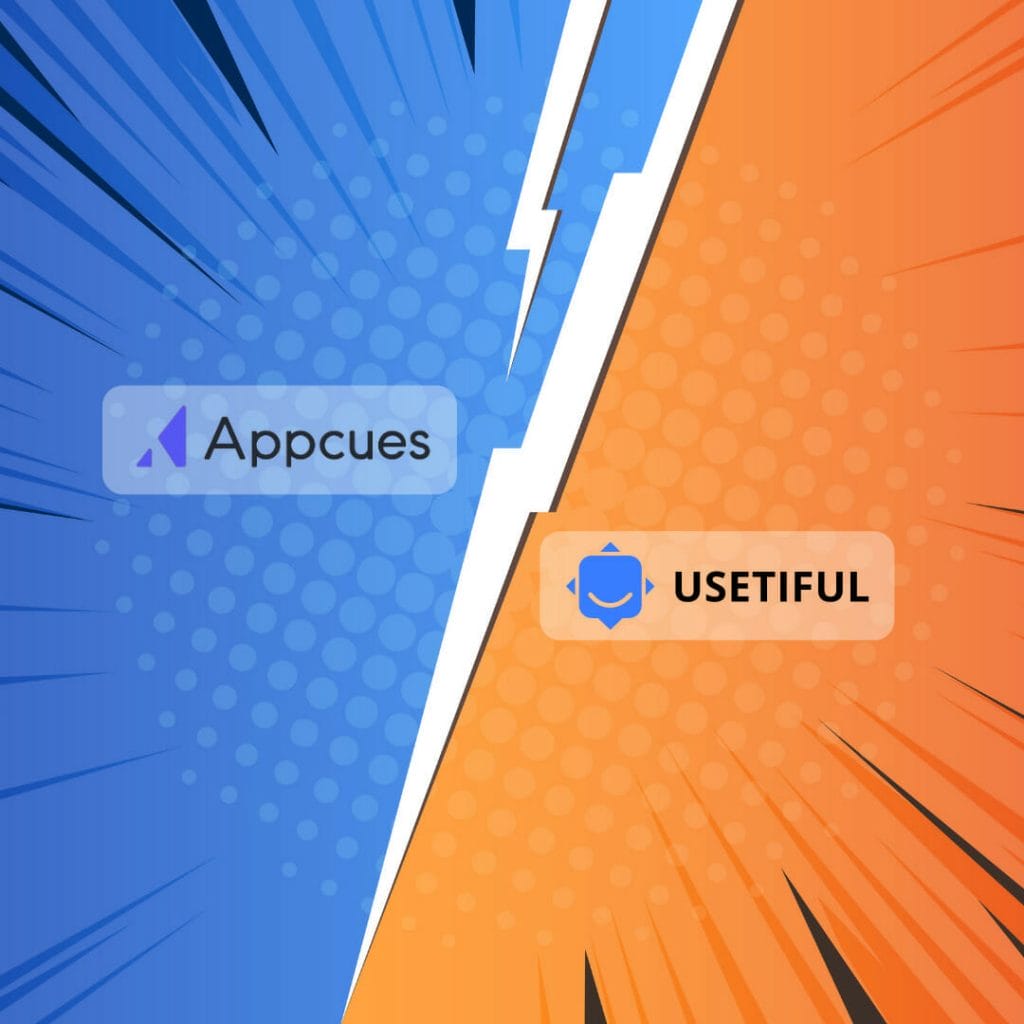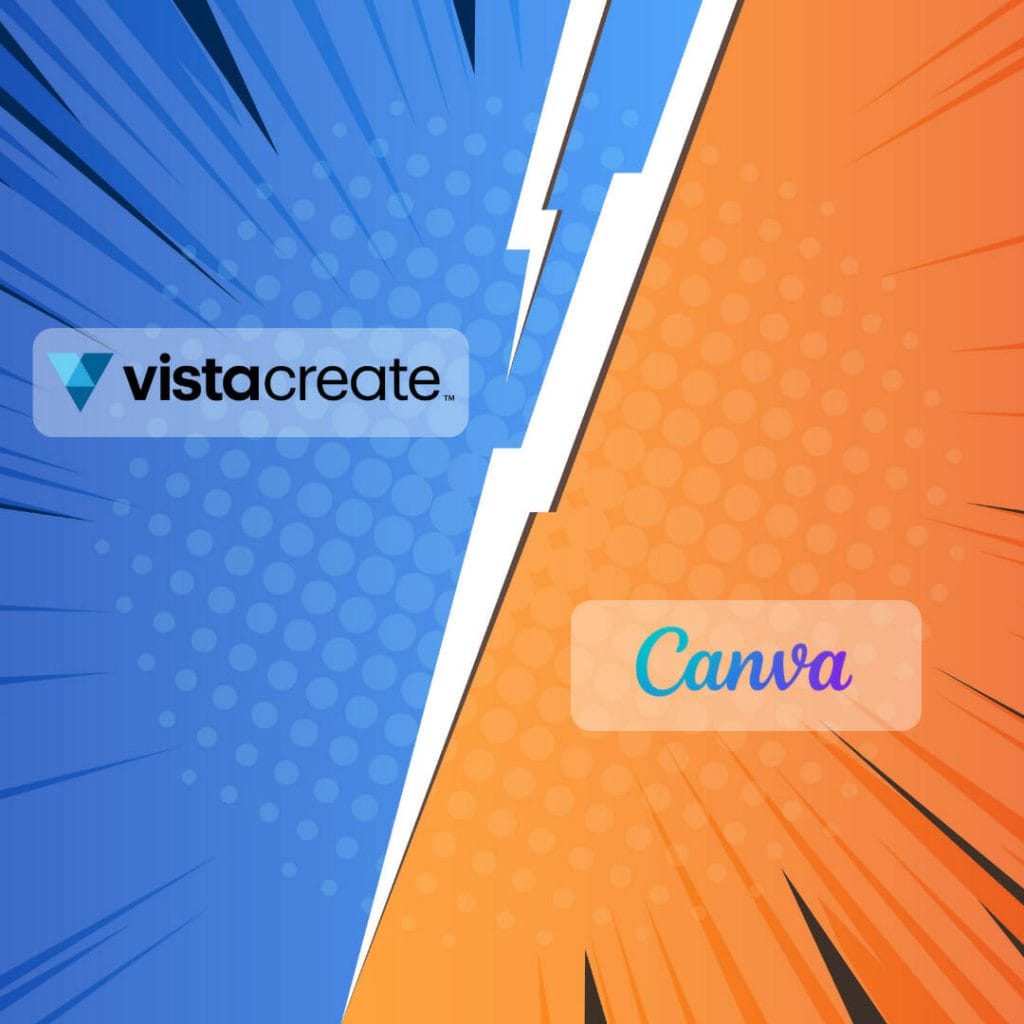In today’s digital landscape, online course platforms play a crucial role in providing educational content for a variety of industries. Two popular platforms, Thinkific and Kajabi, compete fiercely to deliver the best experience for course creators and students alike. With unique features and functionalities tailored for different needs, choosing the right platform can make all the difference in your course’s success.
Thinkific and Kajabi each offer a robust set of features designed to help course creators build, market, and sell their online courses effectively. From customizable websites and sales pages to integrated payment processing and marketing tools, both platforms aim to provide an all-in-one solution for online course businesses. However, differences in their offerings may sway potential users in one direction or another, depending on their specific requirements and priorities.
In this article, we will dive into an in-depth comparison of Thinkific vs. Kajabi, evaluating various aspects such as features, customization, monetization, pricing, and more. By examining their strengths and weaknesses, we aim to provide a clear guide to help course creators make an informed decision in choosing the platform that best aligns with their goals and needs.
About Thinkific

Thinkific is a leading online course platform that allows users to create, build, and sell online courses efficiently. The platform offers a variety of templates and customization options, making it easy for course creators to design and host their content, whether it’s videos, quizzes, or lessons.
One of the most remarkable features of Thinkific is its free plan, which allows creators to start building their online courses without any upfront costs. This helps attract new users who may be unsure about committing to a subscription-based platform. Additionally, Thinkific provides a clear and simplified user experience, ensuring that users can navigate the course builder effortlessly.
Aside from course creation, Thinkific also emphasizes community building. The platform offers support and engagement tools to help creators foster a sense of community among their students. These include functionalities for memberships, subscription plans, and integration with popular online tools.
Moreover, Thinkific’s support system is known for being reliable and responsive. They provide various channels for customer support, assisting users in troubleshooting issues and ensuring a seamless course creation experience. Their website, blog, and knowledge base are packed with valuable resources to help creators get started and grow their online courses.
Thinkific takes care of hosting your courses, content, and student data. It also facilitates integration with third-party applications for further customization and to aid in marketing efforts. For instance, you can connect with popular tools like MailChimp or ConvertKit for email marketing or Zapier for automation.
With Thinkific, course creators have access to various in-built tools for content delivery, such as a built-in page builder and course player. Plus, they have the option to create completion certificates and offer quizzes to keep students engaged. Thinkific also has a mobile app that enables students to access their courses on the go and provides creators with valuable insights into user behavior.
To sum it up, Thinkific is an all-in-one online course platform that provides accessible and robust tools for course creation, customization, and student engagement. Users can easily get started with its free plan to explore the platform’s capabilities before deciding whether to proceed with a paid subscription or not. The platform’s ease of use, coupled with its dedicated customer support, makes Thinkific a top choice for online course creators.
About Kajabi

Kajabi is a powerful all-in-one online course platform designed to help creators, educators, and entrepreneurs build, market, and sell their online courses. It simplifies the process of creating and launching an online course with a wide array of features and customization options, all aimed at increasing conversions and providing a professional learning experience for students.
When it comes to course creation, Kajabi offers a user-friendly interface with a drag-and-drop page builder, making it easy for course creators to design engaging lessons with a mixture of text, images, videos, and quizzes. The platform provides a variety of themes and templates to suit different course styles and branding preferences, allowing creators to fine-tune their course aesthetic for a seamless student experience.
Kajabi also shines in the marketing department, with a robust suite of marketing tools and integrations at the creator’s disposal. The platform’s built-in email marketing capabilities, sales pipelines, landing pages, and webinars allow for seamless promotion and sales of online courses. In addition, it supports third-party integrations like Mailchimp, ConvertKit, and Shopify, giving creators even more flexibility and versatility in their marketing efforts.
The platform offers a range of pricing options tailored to different needs, with the most popular being the Basic plan, which includes credit card processing through Stripe or PayPal, a custom domain, unlimited courses, and more. Kajabi also provides a 14-day free trial for creators to test out the platform before committing to a paid plan, ensuring they’ve found the right fit for their business.
In terms of support, Kajabi stands out with its responsive customer support, providing help through live chat and email to address any questions or issues users may encounter. Furthermore, the platform has a comprehensive library of resources, tutorials, and coaching programs to help creators get the most out of their Kajabi experience.
Finally, Kajabi offers a native mobile app for iOS and Android devices, enabling course creators to manage their business on the go and giving students the flexibility to access their online courses from anywhere. This feature not only enhances the accessibility of the platform but also elevates the user experience for both creators and students alike.
In summary, Kajabi’s comprehensive feature set, user-friendly course creation process, powerful marketing tools, and strong support make it a top choice for creating and selling online courses. Its versatility, customizable options, and mobile app make it stand out among competitors in the online course platform space.
Round 1: Best UX

In the first round of the SaaS battle between Thinkific and Kajabi, let’s focus on the user experience (UX) aspect of these two popular online course platforms.
Thinkific is known for its clean and intuitive interface, which makes it easy even for beginners to navigate when creating and managing online courses. The dashboard is well-organized, and course creators can quickly access different features such as course customization, sales and marketing tools, and student progress tracking. Moreover, Thinkific provides a drag-and-drop builder for simple course creation, as well as templates and themes for a quick start.
On the other hand, Kajabi also presents an elegant and user-friendly interface, with the added advantage of more advanced customization options. The platform’s dashboard offers visually-appealing overviews of user stats and detailed reports. Kajabi excels in offering an all-in-one solution to manage different aspects of your online business – including course creation, website designing, email marketing, and sales funnel management. However, the multitude of features can be overwhelming to some users, especially those with minimal experience in online course creation.
Both platforms have invested in their mobile user experience as well. Thinkific’s responsive design ensures that the courses look great on all devices, while Kajabi offers a mobile app which allows students to access their courses anytime, anywhere. Mobile experience is essential to cater to the growing trend of consuming content on the go.
In terms of integrations, both Thinkific and Kajabi support a variety of third-party applications to streamline the course creation and marketing process. Thinkific offers numerous integrations such as Zapier, Stripe, PayPal, and Mailchimp, while Kajabi also provides access to popular tools like ClickFunnels, ActiveCampaign, and ConvertKit.
When considering the best UX, both Thinkific and Kajabi have their strengths, with Thinkific offering ease of use and simplicity, while Kajabi excels in customization and a comprehensive all-in-one solution. Depending on your needs and level of experience, one might be a better fit for your online course creation journey.
Round 2: Features Comparison

When it comes to Thinkific and Kajabi, the features they offer can greatly impact the success of your online course. Let’s dive into a side-by-side comparison of their key functionalities.
Course Builder: The backbone of any online course platform, Thinkific’s course builder provides an intuitive and user-friendly interface. It allows for easy organization of course content, such as videos, quizzes, and multimedia elements. Kajabi, on the other hand, offers a powerful course builder with even more advanced customizability and flexibility. This allows users to create unique and engaging learning experiences.
Page Builder: Both platforms come with built-in site builders to design your course landing page. Thinkific provides a simple, drag-and-drop page builder for creating visually appealing and functional sales pages. Kajabi offers a similar page builder with additional marketing functionalities built-in, giving users the ability to create highly customizable and conversion-driven landing pages.
Theming: Both Thinkific and Kajabi offer pre-built themes for you to easily customize your course’s appearance. However, Kajabi supports greater design flexibility, allowing for more extensive branding and personalization options.
Mobile App: As of now, Kajabi has a dedicated mobile app for course creators to monitor and manage their content on the go. Thinkific currently does not offer a similar app.
Marketing Features: A clear distinction between the two platforms is the range of marketing tools offered. Kajabi comes with an extensive suite of marketing features, including email marketing, landing page templates, and sales funnel creation. Thinkific, while offering some marketing tools, does not provide the same level of comprehensive marketing capabilities as Kajabi.
Third-Party Integrations: Both platforms offer a variety of integrations with other popular tools and services. Thinkific provides a respectable list of integrations, including Mailchimp, Shopify, and Stripe. Meanwhile, Kajabi offers an even wider range of integrations, such as Infusionsoft, ClickFunnels, and ActiveCampaign.
Analytics: To measure the success of your online course, both Thinkific and Kajabi provide users with reporting and analytics functionalities. This makes it easy to track student progress, engagement, and course performance, ultimately helping you make data-driven decisions for your course’s continued growth.
Round 3: Price

When it comes to pricing, both Thinkific and Kajabi offer different plans to cater to a wide range of needs. Let’s dive into the details of each platform’s pricing structure.
Thinkific offers a free plan for those wanting to test the waters before committing to a paid subscription. This plan allows users to create up to three courses and includes essential features such as quizzes and surveys. Upgrading to a paid plan unlocks additional features such as drip content and automated emails.
- Basic plan: $49/month billed annually or $59/month billed monthly
- Pro plan: $99/month billed annually or $119/month billed monthly
- Premier plan: $499/month billed annually or $599/month billed monthly
Kajabi, on the other hand, does not offer a free plan but provides a 14-day free trial for users to explore their interface and features. The paid plans are considerably more expensive, but Kajabi positions itself as a more premium offering, targeting established businesses and course creators.
- Basic plan: $149/month billed annually or $199/month billed monthly
- Growth plan: $199/month billed annually or $299/month billed monthly
- Pro plan: $399/month billed annually or $499/month billed monthly
Both platforms allow for credit card payments and do not require additional transaction fees on their side. However, users should be aware that payment processors such as Stripe or PayPal may still charge their standard fees.
While both platforms offer coupons and promotions from time to time, it’s essential to consider the overall value provided by each platform. Thinkific’s pricing is more affordable and accessible, especially for new course creators or those with a tighter budget. Kajabi’s pricing reflects its all-in-one approach, catering to users looking for a more comprehensive and high-end solution.
In conclusion, when comparing Thinkific vs. Kajabi pricing, you should carefully weigh the features provided by each platform against your budget and specific needs.
Battle Decision: Thinkific Winner

As we delve deeper into the battle between Thinkific and Kajabi, it becomes evident that Thinkific stands out as the winner in this competition of online course platforms.
Pricing advantage: Thinkific’s pricing is hard to beat. Offering a free plan for beginners, it caters to a diverse range of users with varying budgets. Kajabi’s pricing, on the other hand, is comparatively higher and may not be as accessible to everyone.
User-friendly interface: Thinkific’s platform is designed with simplicity in mind, making it easy for users to navigate and create courses without extensive technical know-how. Kajabi, while feature-rich, may require a steeper learning curve for some users.
Integration: Both platforms offer a wide range of integrations with third-party apps and services. However, Thinkific has a slight edge in this category as it provides seamless connections with numerous marketing tools, payment gateways, and other platforms.
Flexibility and customization: Thinkific allows for more options in customizing the look and feel of the courses and landing pages. Although Kajabi has a variety of templates and themes available, Thinkific edges it out with greater flexibility in terms of personalization.
While Kajabi has its strong points, such as in-built email marketing capabilities, it’s important to weigh these advantages against the core factors mentioned above. The fact remains that Thinkific shines in these crucial aspects, ultimately giving it the upper hand in the battle of the online course platforms. In conclusion, Thinkific emerges as the winner, offering a well-rounded and user-friendly platform for creating, marketing, and selling online courses.



